Misuse of Indian Army uniforms has dangerous consequences: Army’s distinctiveness must remain paramount
Uncontrolled proliferation of the existing combat uniform has led to many cases of breach of security of military establishments and personnel and, while it has been a cause of concern, not enough action has been initiated
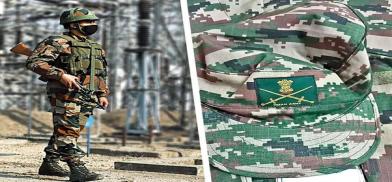
On July 11, 2022, the Military Police and the Delhi Police jointly carried out an awareness campaign for shopkeepers in Delhi Cantonment to impress upon them to prevent the unauthorized sale of military uniform, which in the past has been used by terrorists to deceive the public while launching their attacks.
A new design of the army’s combat uniform was showcased on Army Day, January 15. Introduced as a new uniform providing soldiers better camouflage, more comfort and uniformity in design, the army is slated to switch to this uniform over the next three years, depending on available stocks and the life of their current uniform.
The uniform is unique in its creation as it has an exclusive digital camouflage pattern, contemporary and functional design, and a lighter yet stronger and more breathable fabric.
Uniform patent
In April, the army applied for the patent from the Controller General of Patents, Designs and Trademarks. The patent and intellectual property rights (IPR) are expected soon. Instructions have been issued to army personnel, prohibiting them from buying the new uniform from unauthorized vendors. Once the patent process is completed, any unauthorized shopkeeper selling the new uniform will face legal action. This is necessary as Pakistani/Pakistan Army-supported terrorists have been acquiring and using the Indian Army’s combat uniforms with devastating effect.
Uncontrolled proliferation of the existing combat uniform has led to many cases of breach of security of military establishments and personnel and, while it has been a cause of concern, not enough action has been initiated. After coming to light that certain cloth and tailoring shops in the vicinity of army cantonments and military stations have started stocking unauthorized variants of the new uniform, the army is reported to have planned to take stern action against such dealers.
Former Indian Army Vice Chief Lt Gen A.S. Lamba commented: “Preventing the misuse of the combat uniform is a long overdue precaution and the first step to ensure basic security of areas where troops are located.”
New uniform
By August 2022, army personnel will be able to procure the cloth through the Canteen Stores Department (CSD) and get the uniform stitched to supplement the combat uniforms issued as part of personal kit under life cycle clothing. A deliberate rollout plan by the army aims to switch to the new design by mid-2025, keeping in view the available stock and life of the current uniform.
While the efforts to prevent imitation and misuse of military uniforms are necessary and must be sustained, there is a background about it. The imitation of army uniform began soon after independence with the government authorizing the army’s rank badges for the Indian Police Service, state police and central armed police forces. This in turn led to misrepresentation/mis-equation in army and police rank structure, with police achieving most of the ranks with lesser service than that of army, navy and air force officers.
After 1947, the Indian Army, which during British rule wore khaki uniform, adopted the olive-green to distinguish the Indian troops from the newly formed Pakistani troops who retained khaki.
In India, while khaki was adopted for uniforms of all central and almost all state police forces, the problem of imitation began with police officers being allowed to wear the same ranks badges and insignias as the army. Police ranks and rank badges before independence were distinctly different from those of the army.
Army identity
The Indian Army rank badges, which under British rule were denoted by a four-edged star (looking almost like a square), crown and crossed sword and baton were changed after independence to a five-edged star, four Ashoka Lions from Sarnath and the crossed sword and baton. The police began and continues to wear these rank badges rank badges and their officers attain them with much less service than army officers. This causes resentment to the army and, for that matter, all armed forces officers.
Before independence, the highest rank in the police, which was Inspector General (IG) for each province, was equated with Brigadier and similar ranks in the Indian armed Forces. Subordinate to the IG, the ranks were District Superintendents and Assistant District Superintendents, most of whom were appointed, from 1893, by examination for the Indian Civil Service tests in the UK. The Subordinate Police Service consisted of Inspectors, Sub-Inspectors, Head Constables (or Sergeant in city forces and cantonments) and Constables, consisting mainly of Indians except for the higher ranks.
After independence, the rank of Brigadier and equivalent became equated to a Deputy Inspector General. All ranks below it are reached much earlier in the Indian Police Service. Over successive pay commissions, army, navy and air force officers and below officer rank personnel began -- in some cases – to get less salary than their equivalents in the police.
The senior most post for all states is Director General, who is authorized to wear the same rank badges as the army’s Lt General -- sword and baton crossed with Ashoka Lions. The senior most army rank of a General is depicted by the sword and baton crossed, Ashoka Lions and a star. This has often been misused by Bollywood and other film makers, who routinely ridicule police and army uniforms, to make their filmy police DGs wear the Army Chief’s rank badges.
More confusion
Then came another anomaly related to the winter dress of army and police officers which was of a dark khaki woollen material and with peaked caps of the same colour and material. To overcome this and distinguish army officers clearly from police officers, former Indian Army Chief, General Arun Vaidya changed the colour of the winter dress and the peaked cap of officers. He decided on olive-green as the colour for officers’ winter service dress and black as the colour of their peaked cap and that too with an olive leaf pattern on the cap’s sunshade to clearly distinguish it from the police officers’ peaked caps.
The next army dress to get widely imitated and misused was the camouflage pattern combat dress. With the changing times, the army felt the need to introduce camouflage patterns in battles, operations and training exercises but retained the legendary olive greens as a duty uniform. It is that uniform, which, after being imitated by many central armed police forces, is being replaced by the new look for its combat dress.
The imitation of the army’s combat dress began resulting in confusion for the general public because most often who they thought was the army was some or the other CAPF. Some state police forces have also been copying versions of the camouflage combat dress for their ‘police commandos’. And this began creating confusion when the army gets called out to aid the civil power during riots. There came a stage when the army had to resort identify itself by holding placards reading ARMY. This was done to give a clear signal that its personnel meant business and they would not look the other way if miscreants attempted to breach the peace.
An army veteran whose notification went viral reads: “The public has to have a means to know that the army is out for restoring law and order and for instilling confidence. How many times the public and media cries -- 'call the army'. There is too much similarity in the uniforms, and this copying of military trappings and uniforms has to stop.”
To maintain law and order within the country, perhaps the army (the last resort of the government) should revert to pure olive greens to distinguish them from the other forces.
(The author is a strategic analyst and former Defence Ministry and Indian Army spokesperson. Views are personal)




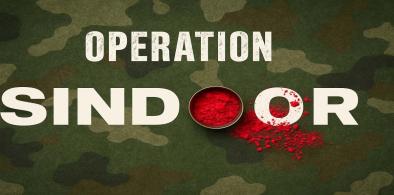
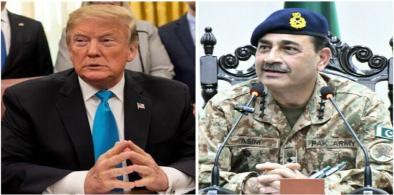

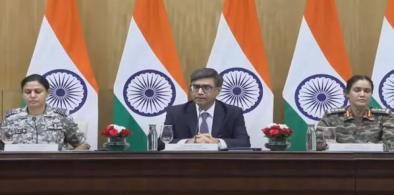
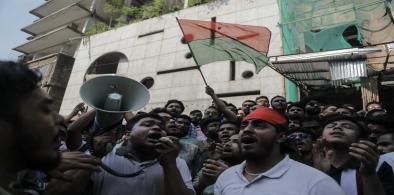


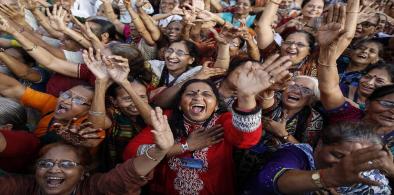








Post a Comment